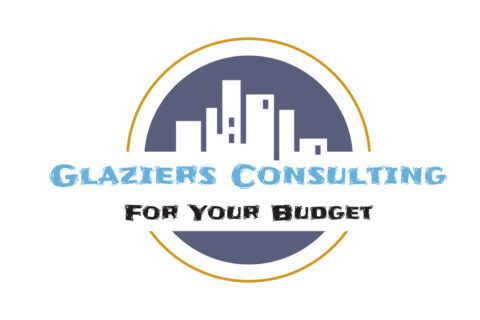Maximizing Efficiency in Glass Installation with Expert Project Management

Imagine you’re about to embark on a complex journey—how do you ensure you reach your destination smoothly and on time? The answer lies in expert project management. It’s not just about overseeing tasks; it’s about leveraging specialized knowledge and skills to plan, execute, and control every aspect of the project. Well, how can one guarantee success?
Consider this: Do you have the right tools and methodologies in place to handle the unexpected twists? Are you prepared to adjust plans and pivot when roadblocks arise? Expert project management answers these questions by relying on best practices, ensuring that each step is carefully mapped out and executed with precision.
By tapping into expert knowledge, you’re not only staying ahead of potential issues but also optimizing resources, time, and budget. It’s like having a seasoned guide leading you through unfamiliar terrain—ensuring that you don’t just survive the journey but thrive along the way.
Now, imagine applying this level of expert project management to a glass installation project. Just like any complex journey, the key to a successful and efficient installation depends on strategic planning, meticulous execution, and effective management.
Enhancing Glass Installation Efficiency through Skilled Project Management
Maximizing efficiency in glass installation through project management requires a detailed, strategic approach that goes beyond basic task allocation. Here are some deeper insights and actionable tips to truly optimize the process.
Master the Art of Detailed Pre-Planning
Efficiency starts long before installation day. Detailed pre-planning ensures every aspect, from materials to labor, is accounted for. This includes obtaining precise measurements, pre-ordering glass, and verifying the availability of all equipment and tools. Establish clear milestones in advance by breaking the project into smaller phases with defined deadlines.
Tip: Use software like Buildertrend or Procore to create project timelines and track progress in real-time. This proactive approach prevents unnecessary delays and ensures an efficient installation when the project kicks off.
Establish Clear Communication Channels
Regular communication isn’t just important—it’s essential for keeping the project on track. Miscommunication can cause delays and mistakes. Thus, set up daily or weekly check-ins with the team, suppliers, and contractors. You can also use project management tools for real-time updates so that everyone is always aligned on the latest developments.
Tip: Set up a shared communication platform (Slack, Microsoft Teams) for immediate troubleshooting and feedback. This will ensure that no one is left out of the loop.
On-Site Supervision for Quality Control and Timely Decisions
An experienced project manager or supervisor on-site ensures that any issues are addressed in real-time, preventing minor setbacks from turning into major delays. Whether it’s adjusting installation techniques or resolving unforeseen problems with glass fittings, the ability to make quick decisions on-site keeps the project moving smoothly.
Tip: Have a designated “problem solver” on-site who can quickly make decisions and adjust to any challenges without delaying the schedule.
Optimize Resource Allocation
Resource allocation goes beyond simply having enough workers—it’s about utilizing the right skills at the right times. For maximizing efficiency, ensure that the team members are scheduled for specific tasks based on their strengths. For instance, experienced installers should handle complex or high-risk areas, while less experienced workers manage less critical tasks.
Tip: Use resource management tools, like Monday.com or Wrike, to align skills with tasks and prevent downtime due to under-or overutilized personnel.
Contingency Planning for Delays
Even the best-planned projects can face unexpected setbacks, such as supply delays or weather disruptions. A well-prepared project manager builds buffer time into the schedule and has contingency plans in place for these disruptions. This might include securing backup suppliers or identifying alternative solutions for unforeseen challenges.
Tip: Develop a “Plan B” for every critical component of the project. Whether it’s an alternative supplier or additional workforce, having options ready prevents panic and delays.
Post-Installation Evaluation and Feedback Loop
After the installation is complete, conduct a post-project review with the team to discuss what went well and what could be improved. This feedback loop helps streamline future installations by applying lessons learned to future projects. This strategy helps in improving both efficiency and quality.
Tip: Use project management software to document lessons learned and best practices. This will create a knowledge base that can be referenced for future projects.
Conclusion
Effective glass project management ensures a smoother, faster, and more cost-effective outcome. By focusing on these deeper strategies—pre-planning, communication, on-site supervision, resource management, contingency planning, and feedback—you can dramatically increase the efficiency of any glass installation project.
Streamline your project with our turnkey solutions and expert team. With 20+ years of experience, Glaziers Consulting ensures precision, efficiency, and on-time delivery. No matter where you are in the U.S., we’ve got you covered as we serve in all 50 states. Reach out to us today!

